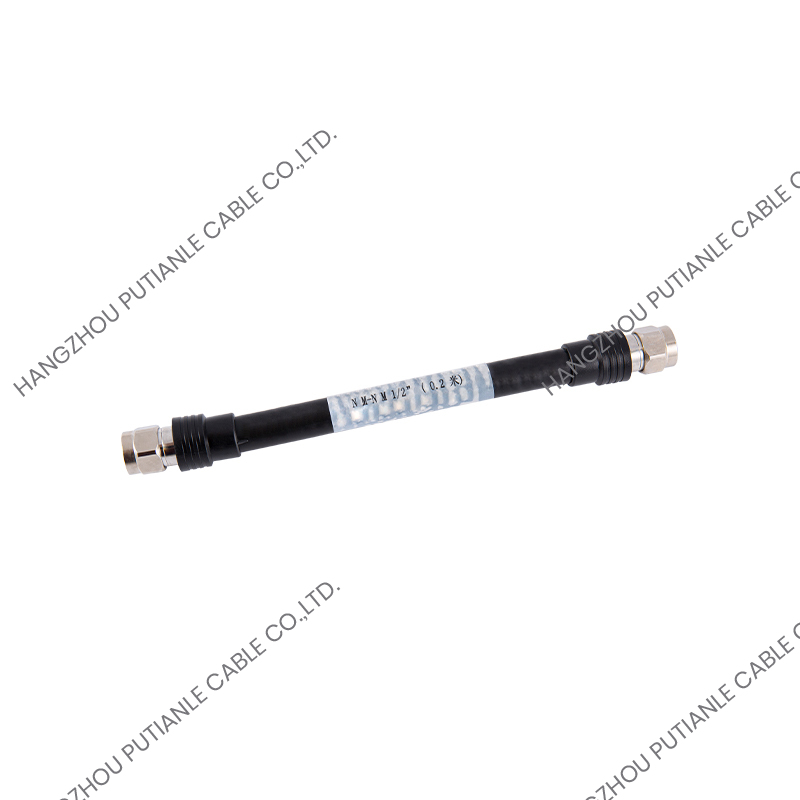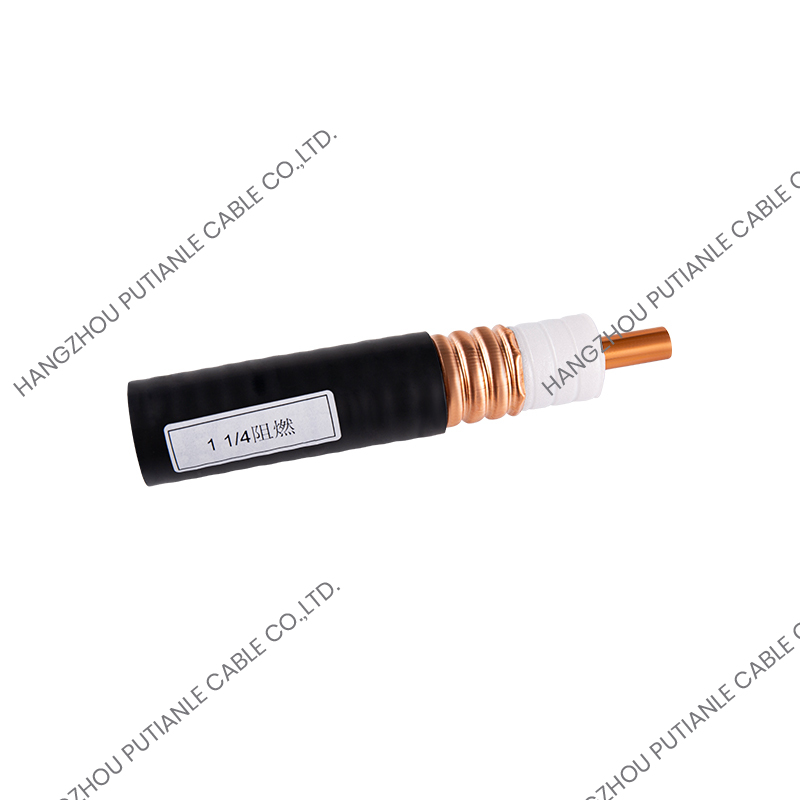Jumper cables play a critical role in electrical and electronic systems by ensuring reliable connections and efficient signal transmission. However, their performance and reliability can be significantly affected by temperature fluctuations and environmental conditions. Temperature and environmental adaptability testing is essential for assessing how well jumper cables can withstand various conditions over time.
Jumper cables are often subjected to a wide range of temperatures, depending on their application. Temperature testing evaluates how cables perform at both high and low extremes.
At elevated temperatures, the insulation materials can degrade, leading to reduced dielectric strength and potential failure. Testing helps identify the maximum temperature threshold that the cable can withstand without compromising its integrity.
Conversely, low temperatures can cause materials to become brittle and crack. Understanding the cable's behavior in cold conditions is crucial for applications in outdoor or refrigerated environments.
Materials expand and contract with temperature changes. Testing assesses how well jumper cables maintain their integrity and performance during these physical changes.

Frequent thermal cycling can create mechanical stress at connections and joints, potentially leading to failures over time. Proper testing ensures that cables can handle these stresses without losing reliability.
Environmental conditions such as humidity and moisture can significantly affect the performance of jumper cables.
High humidity levels can lead to moisture ingress, compromising the insulation and increasing the risk of short circuits. Testing helps ensure that cables maintain their insulating properties even in humid conditions.
Environmental testing often includes exposure to corrosive substances. Jumper cables need to resist corrosion to maintain performance and reliability over their lifespan.
In applications exposed to sunlight or harsh chemicals, jumper cables must withstand UV radiation and chemical degradation.
Prolonged exposure to UV rays can degrade materials, leading to brittleness and cracking. Testing assesses how well cables resist these effects, ensuring long-term functionality.
Cables may encounter oils, solvents, and other chemicals in industrial settings. Environmental adaptability testing helps determine their resistance to chemical damage.
Temperature and environmental adaptability testing directly influence the signal integrity of jumper cables.
Cables that maintain their performance under varying temperatures and environmental conditions exhibit lower resistance, ensuring efficient signal transmission.
Ensuring the cable’s insulation remains intact and effective helps minimize signal loss, which is critical for high-speed data transmission and accurate electrical performance.
The reliability of jumper cables is significantly affected by their ability to adapt to environmental conditions.
Cables that pass temperature and environmental testing are likely to last longer in real-world applications, reducing the frequency of replacements and maintenance.
By ensuring that jumper cables can withstand extreme conditions, manufacturers can lower the risk of failures, which can lead to costly downtime in industrial settings.
Temperature and environmental adaptability testing are essential processes that significantly impact the performance and reliability of jumper cables. These tests ensure that cables can withstand a range of temperatures, humidity levels, and environmental conditions without losing their insulating properties or electrical performance. By conducting thorough testing, manufacturers can produce jumper cables that provide dependable connections and signal integrity, ultimately enhancing the overall reliability of the systems in which they are used. This proactive approach not only improves product quality but also contributes to safer and more efficient operations in various industries.


 中文简体
中文简体 English
English Español
Español














